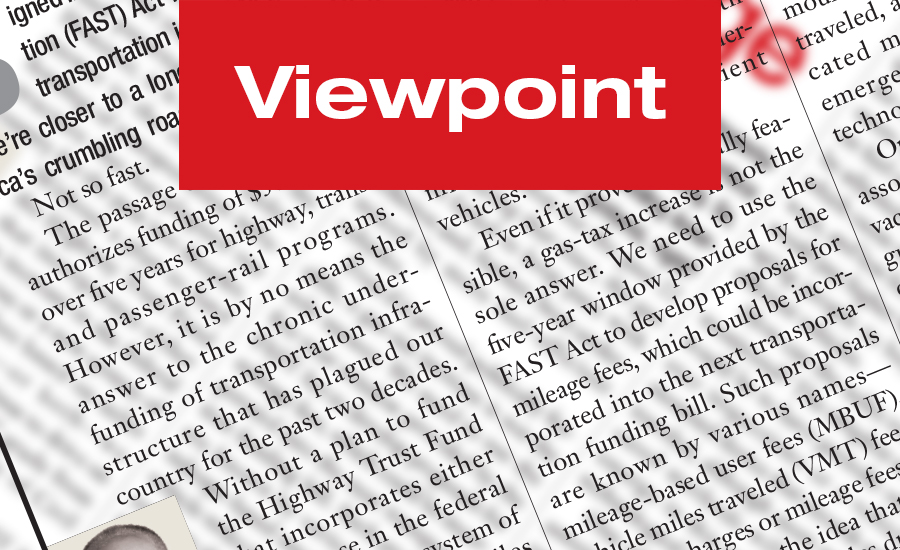You can’t compete with the labor shortage. It has too much control over your progress. Even if you have all the people you need right now, that will not stop your cost of labor from going up because other contractors already are attempting to overcome the problem by offering higher wages, premium pay for a lot of overtime or both. Some resort to poaching people from the competition, which forces you to raise the pay for your staff so that they won’t be drawn away.

Expanding markets and shrinking labor pools always equal higher wages. That applies to all trades and much of the project management professionals out there.
This formula is inflexible and always applies under the market conditions we have now. No one is immune.
Saying “It won’t happen to me” is, at best, therapeutic. At worst, it is irrational. Your labor costs will increase along with everyone else’s. Of greater concern is how much more you will have to pay. Unfortunately, you can’t predict it with much accuracy. Guess too high, and you capture less work. Guess too low, and it hurts more.
Beginning with the 2007 housing crash and the following year’s financial crisis, construction workers left the industry in droves.
Today, there are fewer replacements, and they are primarily new workers with little or no experience. The workers still around to do the training had diminishing skills even before the current labor shortage. Those skills will degrade further if the response to the crisis means employers shrink the time and resources needed for training.
To make matters worse, there are always one or more big projects that just have to get done, no matter what the cost. The owners of such projects sacrifice by overpaying and sometimes overstaffing their jobs to stay on schedule, draining the labor pool further.
Building activity is projected to strengthen—think what will happen if an infrastructure bill is passed—and the demand for skilled crafts will continue to grow. That demand will force contractors to decide whether to add to their workloads. But remember, risk is elevated when a contractor isn’t sure where the labor is coming from or what it will cost.
You may say, ‘I’ll subcontract more of the work,’ which, of course, changes nothing because the subs draw from the same labor pool or lack of one.
The solution is caution.
Target smaller jobs with shorter schedules, rather than larger, longer-term projects, to reduce the inflation exposure you will encounter over time. Shorten the horizon when you can. Be patient. And don’t hesitate to raise your margins. Your competition is in the same boat. Just remember not to grow past your tolerance for risk.
After the long slowdown that, in some markets, lasted through 2012, there is a strong desire to make up for lost ground. Although the market is ripe, the conditions are not. Historically, growth opportunity was limited to available work—the strength of the marketplace. Today, however, that is not the case.
You may say, “I’ll subcontract more of the work,” which, of course, changes nothing because the subs draw from the same labor pool or lack of one. Others may say, “I will get the work and then worry about how to staff it.” These are formulas for disaster.
Profitability, not growth, is the primary directive for top management. That requires risk recognition, response and control.
A labor shortage and diminishing skills present great risks, and those risks are magnified by the kind of robust growth that we are seeing now in many U.S markets. Although it is counter-intuitive, especially after a downturn, you must resist taking on too much.
If you have an idea for a column, please contact Viewpoint Editor Richard Korman at kormanr@enr.com.




